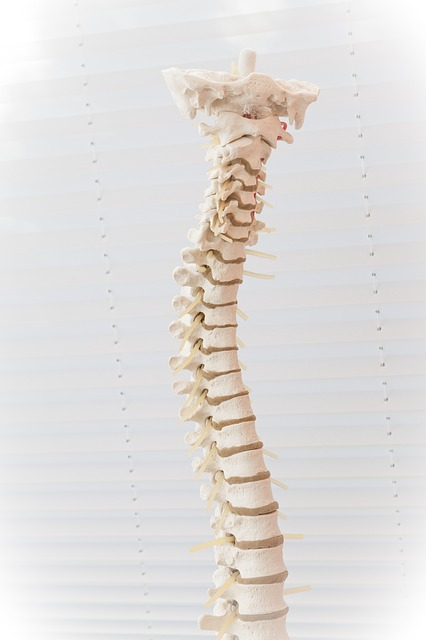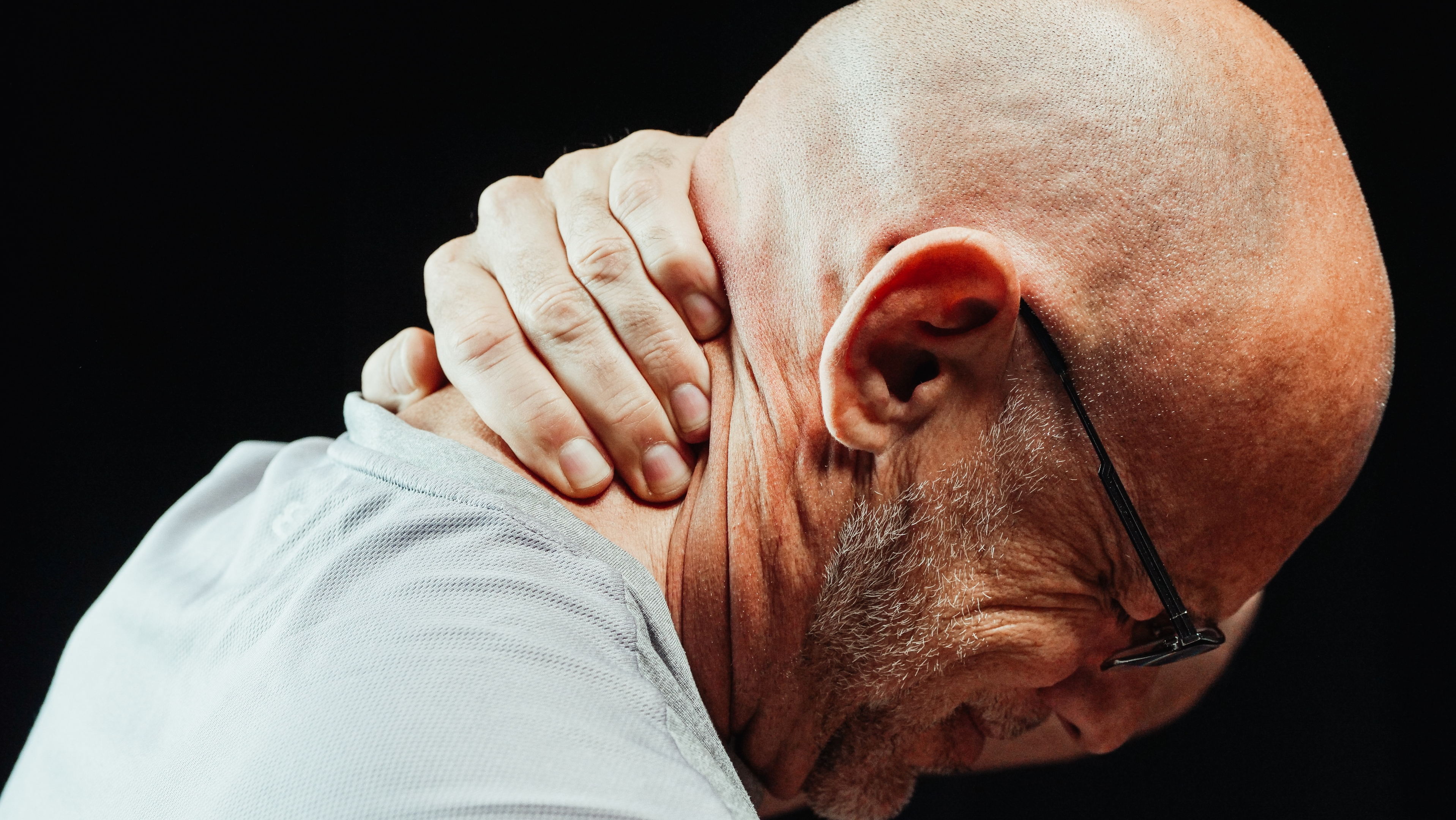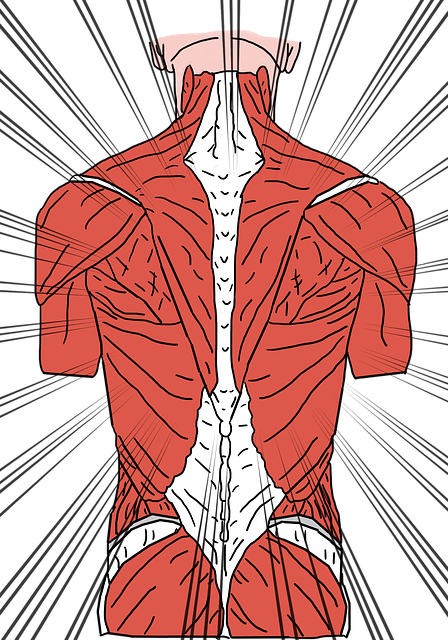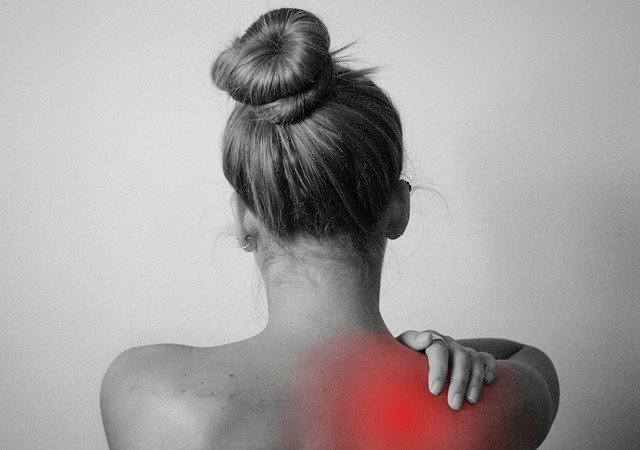Did you know that nearly 80% of adults report back pain issues annually? This new-world sedentary lifestyle is the underlying cause of this health condition. Most people have daily routines that limit activity. Others do not value activity hence the current increase in the general population's spine health issues and poor posture reports. The back brace is one of the most popular and reliable medical inventions to help curb this health crisis by providing basic support and reduce pain.
A back brace is a medical device people can wear to help support their back. Most people wear back braces to help provide support and lower back pain, act as a safety net to injuries, trigger recovery, and enhance proper posture for a correct spinal alignment.
Different back braces have unique features; elastic, rigid back brace, or both. The succeeding texts will offer more elaborate information on different types of back braces but first, let's dig deep into what the spine is and how it works.
What is the Spine?
One interesting fun fact about the spine is that it is a part of our body that distinguishes us from animals. The spine plays multiple key roles in our bodies, including offering structural support to our bodies, protecting the central nerves, and facilitating movement.
The spine comprises seven cervical presacral vertebrae, twelve thoracic presacral vertebrae, and five lumbar presacral vertebrae amounting to 24 semi-rigid presacral vertebrae each separated by discs.
How the Spine Works

Five sacral vertebrae connect interchangeably to create the sacrum. The sacrum then performs its core role, transferring the upper-body weight to the pelvis through the sacroiliac joint channel. The coccyx secures all the connective tissues of the spinal code by holding the bottom of the vertebral column.
The spinal discs, also known as the intervertebral discs, connect all the vertebrae and allow for spinal movement versatility by acting as a shock absorber. One disc is about a centimeter high and comprises a gooey center enclosed by a connective tissue hence its partial flexibility. The entire spinous activity is facilitated by the bony projections that visibly cut across your mid-back.
However, despite the original, top-notch efficiency of the spine, spinal health issues and conditions are quite popular phenomena, hence the need for back braces. A back brace mimics the mechanism of the spine, and most doctors highly recommend them whenever necessary.
The Proven Benefits of a Back Brace

A back brace is designed to enhance structural healing, align the spine correctly, and lower spinal compression. As such, it is a vital tool for people with spinal conditions such as stenosis, scoliosis, spondylosis, herniated disc, and osteoarthritis of the spine, among others.
With the help of a back brace, any individual with the above-mentioned back condition or any other spine malfunction can go back to tolerable daily movements and experience lowered pressure and spillage, restoring each back movement with correct alignment of the spine.
In a 2019 research study conducted at the London Orthotic Consultancy, it was established that while overwhelming evidence is that a wide range of chronic back pain can be cured and regulated by physical therapy, some patients may benefit greatly from an additional back brace treatment.
Another study published in 2018 revealed that bracing is an effective back pain relief and can work effectively on patients with chronic back pain due to spinal deformities.
One focus-based research sought to assess the effectiveness of a back brace, particularly the lumbar re-lordosation brace, whose function is to increase lumbar lordosis (part of the spine that wears and tears with old age). The study concluded that this brace effectively lowers chronic pain in patients with chronic lower back pain due to vertebral instabilities.
How Back Braces Work

Based on these peer-reviewed studies, you are at per with the effectiveness of back braces in restoring spinal health. You also need to know the mechanism that makes it possible for this medical device to work, and we've got you covered in the detailed texts below.
Offers Extra Spinal Support
A back brace is mostly required when a patient suffers from lower back pain caused by an injury or a weakened spinal structure. In this case, the brace enhances stability by firmly holding the torso and offering sufficient support, speeding up the healing of an existing injury for effective lower back pain relief.
A large population is warming up to the idea of back braces, and today most people wear back braces for work.
Lowers Structural Pressure on the Spine
Most backaches are caused by periodic irregular weight placed on the lower back. A back brace thus helps unload this weight, thus reducing the pressure exerted on the spinal joints, discs, and muscles on your lower back. Lowering the pressure eliminates the painful muscle tension, thus ensuring a healthy spine from the correct posture.
Lowers Spinal Motion During Recovery
A lumbar support belt helps prevent sudden accidental movements such as spinal twists or bending backward by limiting movements. Restricting unhealthy movements makes the body aware of the right posture to take to improve back health.
Limits Micro-Motion between Vertebral Segments
Back braces like the rigid back braces also prevent micro-motion at a particular spinal segment and cause posture correction, thus lowering any pain caused by muscle tension.
Back braces are, thus, efficient tools for enhancing lumbar spine health. However, it is important to strictly follow recommendations from healthcare professionals or physiotherapists on the most suitable back brace for you. The preceding texts examine several factors to consider when choosing a back brace.
How to Choose the Best Back Braces

Every patient requires a specific back brace to meet their spinal needs. The following is a list of factors to consider when choosing a back brace.
Degree and Level of Support
As discussed earlier, back braces come in rigid, semi-rigid, and flexible forms. Rigid braces effectively serve patients with spine instability problems. If you were in an accident, have a health issue, or have a fracture on your back, you might require a rigid brace to prevent any unnecessary motion on your back.
The flexible types are designed for patients who may want to limit their spine movement but still have room for more freedom and slight motion. This back brace can be classified as the best back brace for back pain support.
Semi-rigid braces are a slight combination of both flexible and rigid braces. They are the most effective back brace for lower back pain. These braces will be useful for patients who want to experience a balance of both for optimum spine health.
Adjustability, Size, and Fit
Most available over-the-counter back braces are "one size fits all". However, if you like, you can have one custom-made for you. The effectiveness of a back brace is highly dependent on its fitting. You are guaranteed significant progress if the brace is custom-made for you.
An adjustable lumbar pad has adjustable straps. This removable lumbar pad, alongside physical therapy and other flexible braces, can effectively provide additional support by quickening your healing process and lumbar support.
Brace Material
One easily neglected factor that should be critically considered when choosing a back brace is the composition of the material used to make it. Some are metal, steel springs, leather, or flexible plastic. Some sportsmen and women find leather braces quite a nuisance given the material's nature to induce sweat and thus prefer soft materials or breathable fabric with breathable mesh design, such as breathable polyester mesh.
Longevity
The longevity of any material is directly proportional to its maintenance and durability. Studies have found that braces that can easily be washed in machines without any 'after' damage are simpler to maintain.
Braces with traces with any traces of Velcro might wear out faster with prolonged use, while the stretchy type wear and tears within a short period.
Doctor's Report
While braces have recently been made available online and in physical stores, you must get professional medical advice by consulting a medical professional for a correct diagnosis of your back problem and a subsequent prescription for a brace that will suit your back.
Other important factors that people tend to consider when choosing a back brace include price, size availability, the possibility of wearing it at ease at any time of the day, and wearability regarding the ability to wear it under or over the clothing.

Important Components of a Back Brace
Rigid, semi-rigid, flexible brace, lumbar back brace, or adjustable back brace may vary in function and material. Still, multiple components shaping the braces have multiple similarities. You should probably pay attention to these important things before making a purchase. The components include:
-
The Two wings on the brace allow space to wrap up the torso and integrate on the sides or over the abdomen. The wings help keep the brace intact after wearing it effectively, offering the best back support.
-
A back panel is mostly stiff since it is mostly made of hard plastic and keeps the spine firm, creating the required posture.
-
A front panel that essentially applies pressure to the abdomen given the overlap meant to hold the back brace together.
-
A cord and a pull tab allow for proper adjustments and readjustments of the brace to suit the patient.
Make sure you consult your doctor or instructor on how the brace works, as braces come in different forms and shapes designed for specific core muscles. You can't keep one description as your one rigid reference when making an acquisition.
To sum up
Back Braces offer invaluable service to the complex spinal health world. These changing times have forced a wide population of the workforce into a sedentary lifestyle. Inactivity has resulted in individuals with weak and bristles bones, hence more prone to spine health issues and other health conditions. There is thus a greater need and demand for back braces now than ever.
If you are on the list of individuals who might need a back brace, take full responsibility and accountability for your health status and seek a doctor or a physician's opinion on choosing the best back brace. Chances are they will tell you to consider the brace's scope of support, adjustability, material, and longevity, among others.
References
-
Apol.sg. (2022). Top 5 Tips for Dealing with Back Pain at Work: What to Do When It Just Won't Go Away. https://apol.sg/blogs/resources/tips-for-dealing-back-pain-at-work
-
Kaelin, A. J. (2020). Adolescent idiopathic scoliosis: indications for bracing and conservative treatments. Annals of Translational Medicine, 8(2). https://www.ncbi.nlm.nih.gov/pmc/articles/PMC6995912
-
McAviney, J., Mee, J., Fazalbhoy, A., Du Plessis, J., & Brown, B. T. (2020). A systematic literature review of spinal brace/orthosis treatment for adults with scoliosis between 1967 and 2018: clinical outcomes and harms data. BMC musculoskeletal disorders, 21(1), 1-12. https://bmcmusculoskeletdisord.biomedcentral.com/articles/10.1186/s12891-020-3095-x
-
Prost, S., Pesenti, S., Fuentes, S., Tropiano, P., & Blondel, B. (2021). Treatment of osteoporotic vertebral fractures. Orthopaedics & Traumatology: Surgery & Research, 107(1), 102779. https://www.sciencedirect.com/science/article/pii/S1877056820303704
-
Ravi, T., Ranganathan, R., & Arumugam, S. (2020, April). A conceptual method for developing a Torso Assisted Orthopedic Support Brace (TAOSB) device for people with spinal deformities. IOP Conference Series: Materials Science and Engineering (Vol. 788, No. 1, p. 012025). IOP Publishing. https://iopscience.iop.org/article/10.1088/1757-899X/788/1/012025/pdf
-
Weiss, H. R., & Turnbull, D. (2019). Non-specific chronic low back pain in patients with scoliosis—An overview of the literature on patients undergoing brace treatment. Journal of Physical Therapy Science, 31(11), 960-964. https://www.jstage.jst.go.jp/article/jpts/31/11/31_jpts-2019-151/_pdf
-
Workplace Testing. (2020). What is a Sedentary Lifestyle? https://www.workplacetesting.com/definition/1000/sedentary-lifestyle


